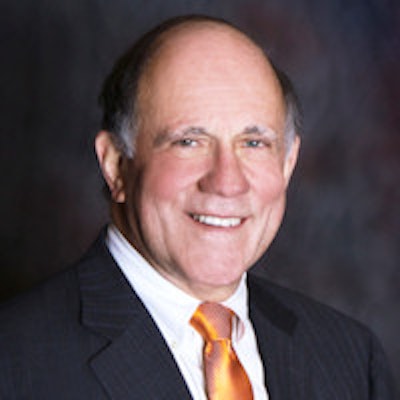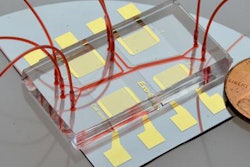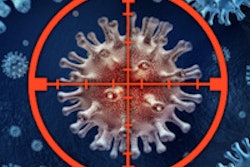
For more than a decade, the majority of dentists have been sitting on the fence regarding the adoption of salivary diagnostic testing. This indecision prevails despite the fact that the latest advances in salivary molecular DNA testing deliver results with an accuracy and specificity that rival that of blood, while at the same time being easier to administer, painless, and noninvasive.
What's more, salivary diagnostic technology promises to be one of the main catalysts for closing the gap between dentistry and medicine, as it will create an early warning system for a wide range of systemic diseases -- direct from the dentist's operatory chair.
 Neil Gottehrer, DDS, is the chief dental officer of PeriRx.
Neil Gottehrer, DDS, is the chief dental officer of PeriRx.The advent of salivary diagnostics is of particular relevance during Oral Cancer Awareness Month. Despite significant advances in surgery and chemotherapy over the past decades, oral cancer is the sixth most prevalent form of cancer and is still characterized by poor prognosis and a low survival rate. In fact, when oral cancer is diagnosed in its later stages, the survival rate after five years is less than 45%.
In patients diagnosed with oral cancer at an advanced stage, there is also a high occurrence of invasion to surrounding tissues, with movement to the lymph nodes and distant locations with a high risk of a second malignancy during the patient's lifetime. This second malignancy is a leading cause of death.
It's not that most of us don't try to detect oral cancer in its early stages. But during a dental oral exam, the visible symptoms of oral cancer sometimes do not appear until stage III or stage IV, leaving many of us with the terrible task of explaining to the affected patient why we did not see it sooner.
Even if the use of a fluorescent device helps us identify suspicious lesions that we wouldn't see with our naked eyes, the challenge remains in quantifying the abnormality and deciding if a biopsy is truly needed.
Although the surgical biopsy is the gold standard of oral cancer diagnosis, more than 90% of all biopsies come back negative. What if there were a more accurate way to refer a patient for a potentially painful, generally frightening procedure?
A specific risk-assessment test for the early detection of oral squamous cell carcinoma, supported by 10 years of clinical trials and including independent testing by the National Cancer Institute -- Early Detection Research Network (NCI-EDRN), the SaliMark OSCC, was developed by PeriRx through clinical trials conducted at the Michigan State University, the St. John Providence Health System, and the University of Michigan School of Dentistry. The test was previewed last fall at a continuing education event in Pennsylvania and then made its debut at the 2014 Greater New York Dental Meeting. The test will be widely available in the second quarter of 2015.
Patients referred for biopsy for suspicious oral lesions had saliva collected for molecular testing before establishing the tissue diagnosis. This type of study maximizes the applicability of the results to the intended clinical use.
“This risk stratification tool has the potential to identify patients at very low risk for cancer and those at significantly increased risk.”
A prespecified statistical analysis plan was used to validate a previous NCI-EDRN model. Logistic regression was applied to this new dataset to generate predictive models specific for patients with potential malignant oral lesions.
The majority of the patients in the study were earlier-stage T1 and T2 lesions. These biomarkers were also shown to perform equally well in early- versus late-stage disease in the earlier NCI-EDRN studies. Test scores with sensitivities greater than 90% have a very high negative predictive value in typical screening populations.
Thus, this risk stratification tool has the potential to identify patients at very low risk for cancer and those at significantly increased risk. The ability to specifically risk stratify for oral cancer, a cancer that has not seen a decrease in mortality for many years, may positively alter the course of disease management in the years to come.
Another positive byproduct of salivary diagnostics is that patient confidence in the dentist and team will rise, thus encouraging the patient to more readily accept treatment plans for cosmetic and restorative procedures, periodontal disease therapy, and more.
Neil Gottehrer, DDS, is a board-certified, practicing periodontist and the chief dental officer of PeriRx. He may be contacted at [email protected].
The comments and observations expressed herein do not necessarily reflect the opinions of DrBicuspid.com, nor should they be construed as an endorsement or admonishment of any particular idea, vendor, or organization.



















